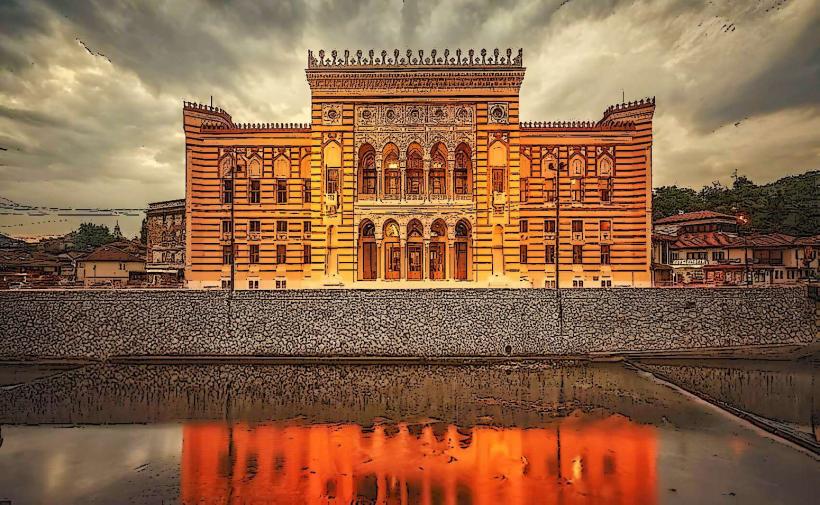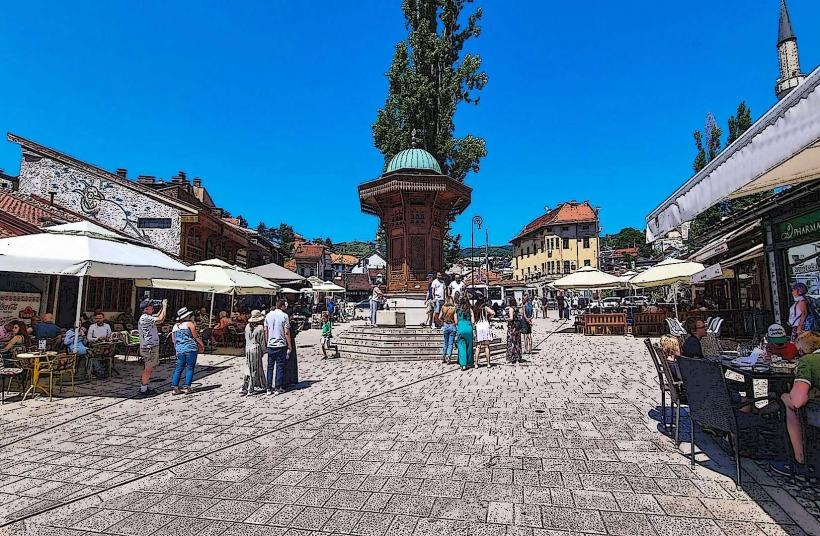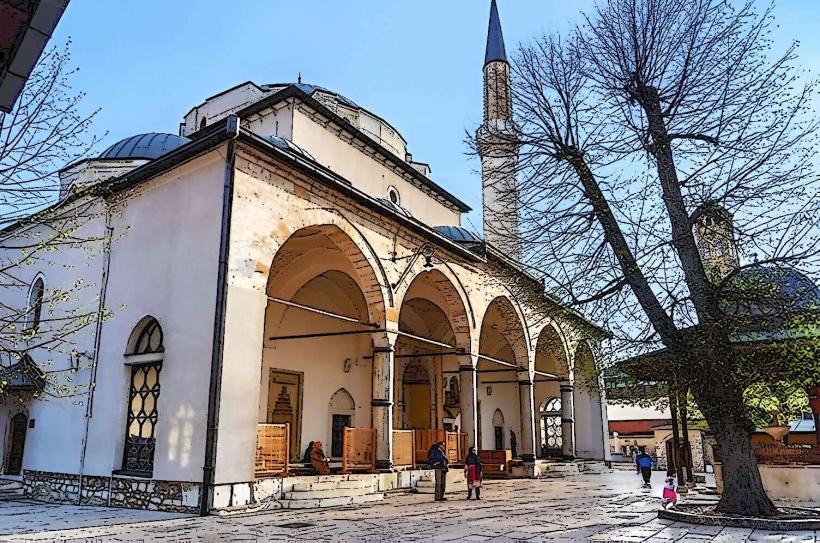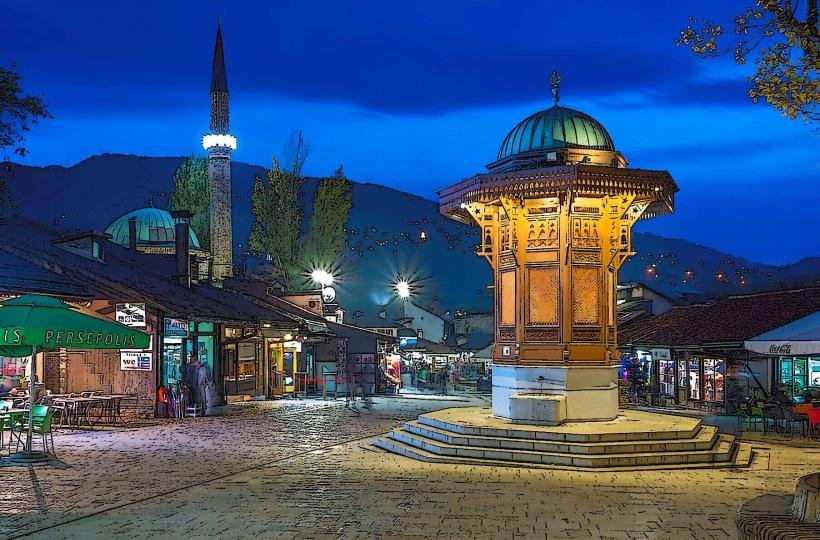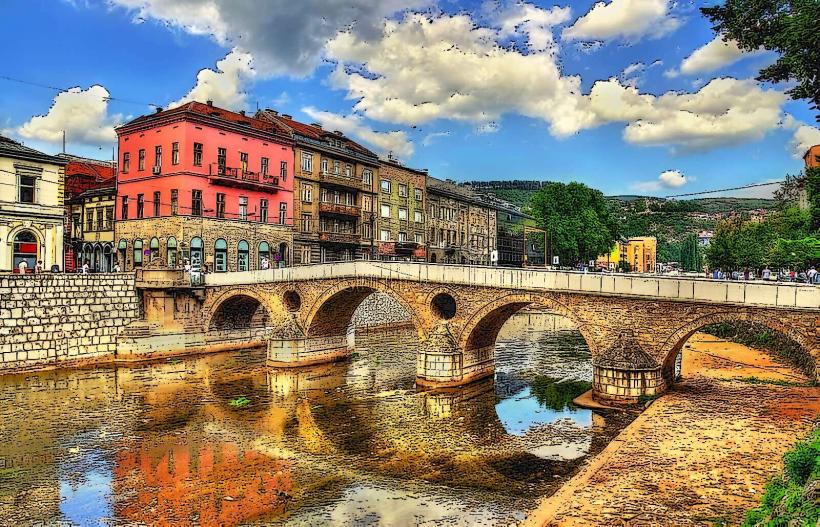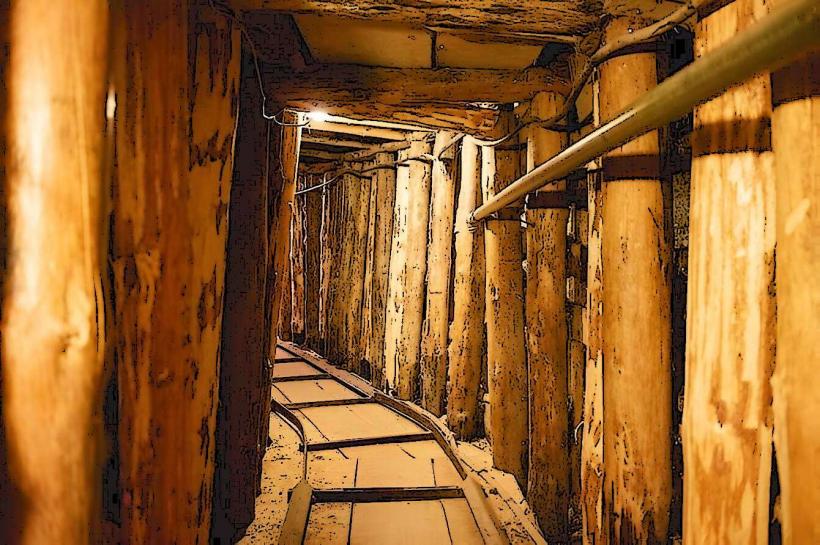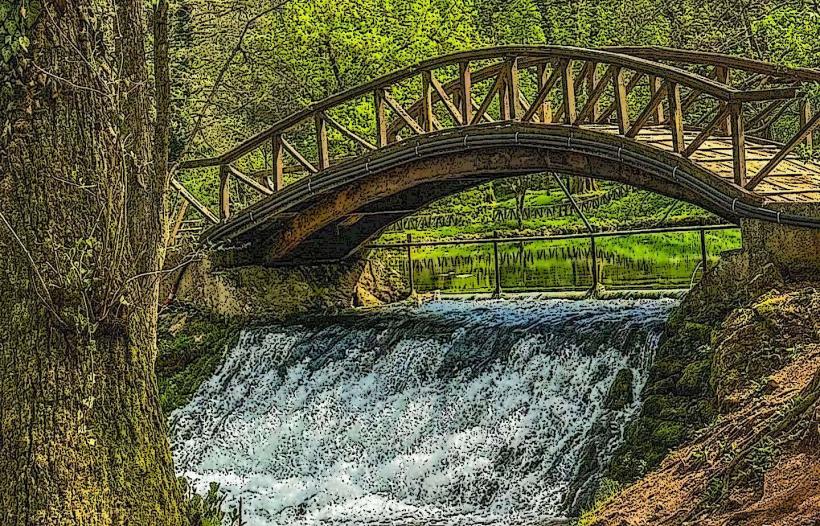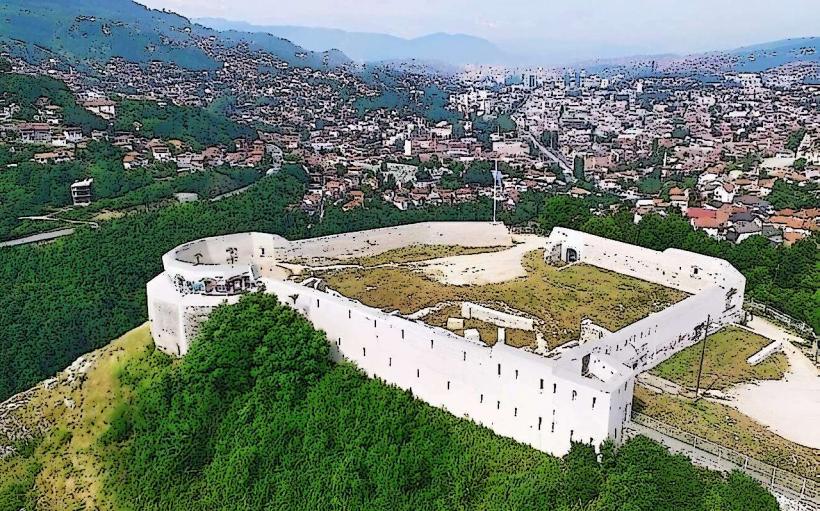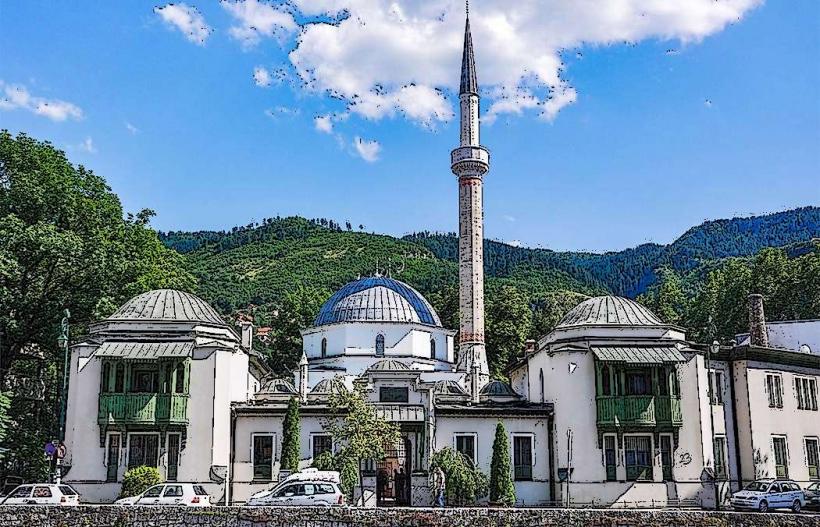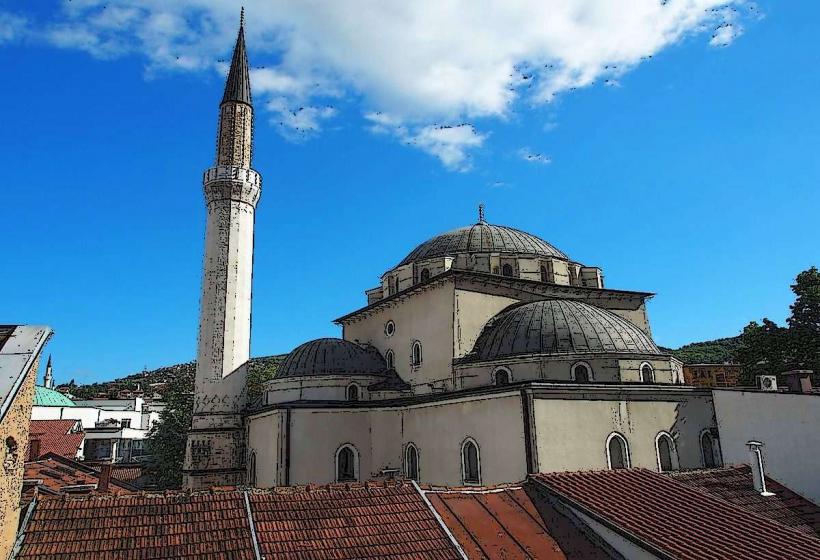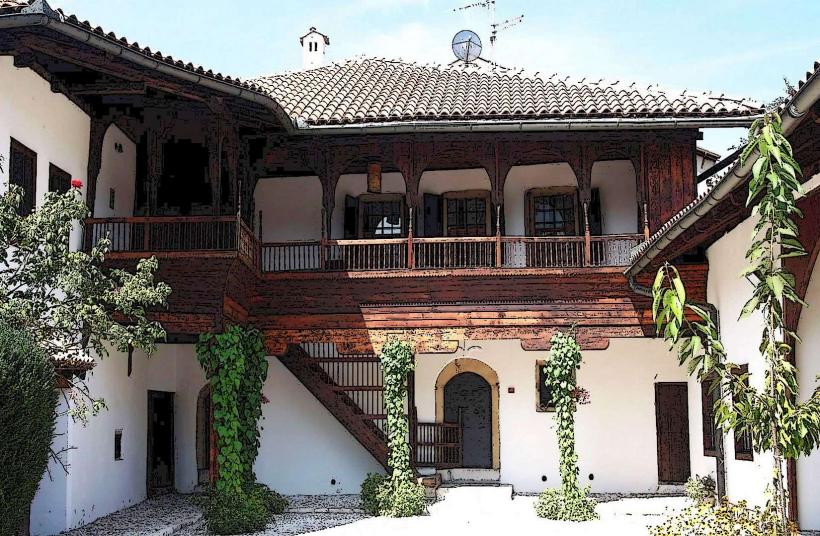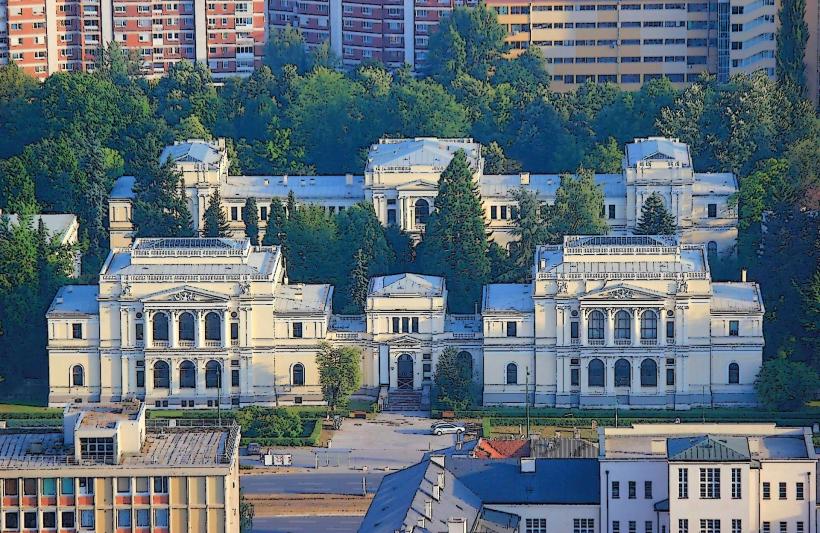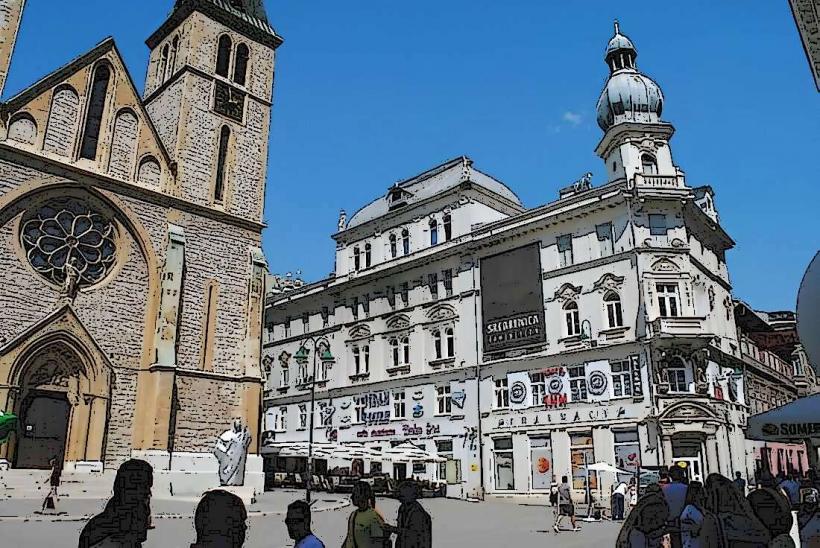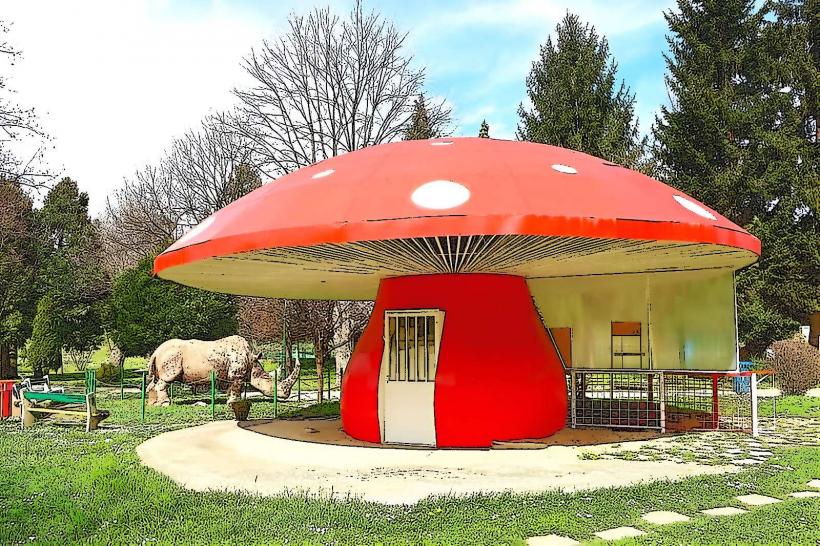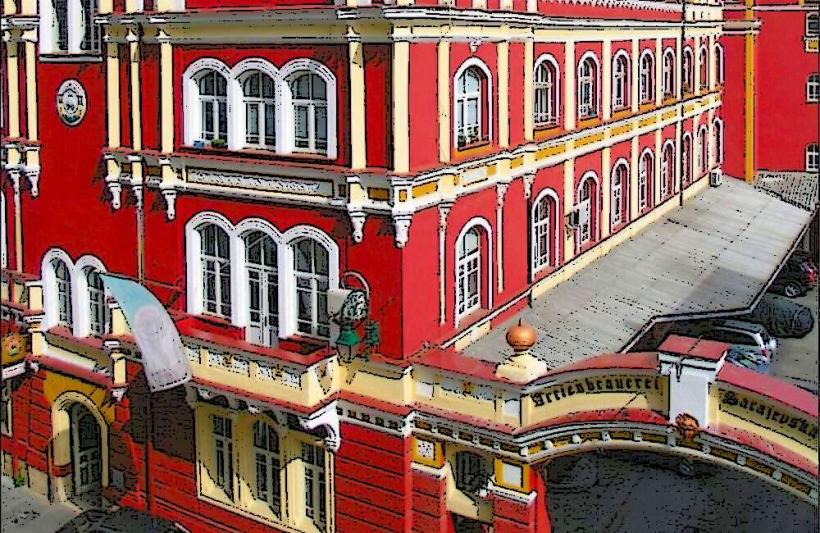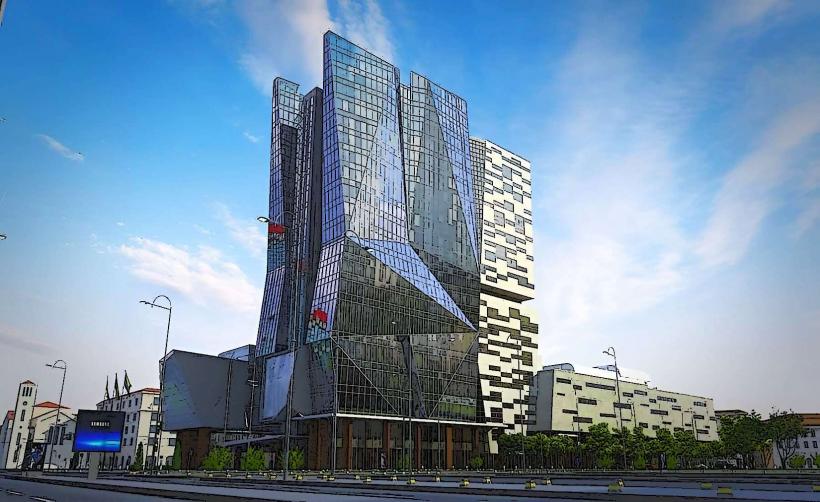Information
Landmark: Sacred Heart CathedralCity: Sarajevo
Country: Bosnia and Herzegovina
Continent: Europe
The Sacred Heart Cathedral (in Bosnian, Katedrala Srca Isusova) is one of the most prominent and significant religious buildings in Sarajevo, Bosnia and Herzegovina. It serves as the mother church of the Archdiocese of Vrhbosna and is the largest Roman Catholic cathedral in the country. The cathedral is a key historical and architectural landmark, reflecting both the city's religious diversity and its European cultural connections.
Historical Background
The Sacred Heart Cathedral was built in the 1880s during the period of the Austro-Hungarian Empire, which had taken control of Bosnia and Herzegovina in 1878. The Austro-Hungarian authorities sought to promote Roman Catholicism as part of their administration, and the cathedral's construction was a key part of this effort.
Foundation and Construction: The construction of the cathedral began in 1884 and was completed in 1889. The church was built in response to the growing Catholic community in Sarajevo, which had been expanding due to the influence of the Austro-Hungarian administration. The cathedral was designed in the neo-Gothic style, which was popular in Europe at the time, and was intended to reflect both the spiritual and political importance of the Catholic Church in the region.
Dedication to the Sacred Heart: The cathedral was dedicated to the Sacred Heart of Jesus, a popular Catholic devotion symbolizing the love and mercy of Christ. This theme is reflected in the cathedral's name and is a central element of its religious significance.
Architectural Features
The Sacred Heart Cathedral is designed in the neo-Gothic style, characterized by pointed arches, vertical lines, and intricate detailing. It features many of the key architectural elements typical of this style, blending Catholic tradition with European architectural trends of the late 19th century.
Exterior Design:
- The cathedral's exterior is dominated by two tall, pointed towers (which rise to about 45 meters) that give the building its distinctive silhouette. These towers are a hallmark of the Gothic style and contribute to the cathedral’s vertical, soaring appearance.
- The façade is made of sandstone, with intricate carvings, including biblical scenes, saints, and religious motifs. The rose window above the main entrance, a feature of Gothic architecture, is another defining characteristic of the cathedral.
Interior Design:
- The interior of the cathedral is equally impressive, with high vaulted ceilings and pointed arches that create a sense of grandeur and verticality. The nave of the cathedral is spacious and is lined with pillars and stained-glass windows depicting scenes from the life of Jesus and other biblical figures.
- The altar is a focal point of the interior, designed with intricate carvings and rich woodwork. The sanctuary contains a large crucifix and an altar dedicated to the Sacred Heart of Jesus.
- The stained-glass windows play an important role in the cathedral's atmosphere, filtering light into the interior and creating a colorful, spiritual environment. The windows feature scenes from Christian history and are masterpieces of religious art.
The Organ: The cathedral is also known for its organ, which is still in use for church services and special musical events. The organ is considered one of the best examples of Austrian organ-making in the region and is an important part of the cathedral’s musical heritage.
Cultural and Religious Significance
The Sacred Heart Cathedral plays a key role in the religious life of Sarajevo, particularly for the city’s Catholic community. It is the main place of worship for the Archdiocese of Vrhbosna, which covers a large part of central Bosnia and Herzegovina. The cathedral is the site of many important religious ceremonies, including Christmas, Easter, weddings, and funerals.
A Place of Pilgrimage: As one of the most important Catholic sites in Bosnia and Herzegovina, the cathedral attracts pilgrims and devotees from around the country and beyond. It is also a site for Catholic events and religious gatherings.
Interfaith Symbolism: Sarajevo is known for its religious diversity, and the Sacred Heart Cathedral is an important symbol of the city’s Christian heritage. The cathedral stands alongside other places of worship representing the city’s Islamic, Orthodox, and Jewish communities, contributing to Sarajevo’s reputation as a place of religious tolerance and cultural coexistence.
Role During the Siege of Sarajevo
During the Siege of Sarajevo (1992–1995), the cathedral was one of the many buildings affected by the conflict. The Catholic population of Sarajevo, like others, endured great hardship during the war, and the cathedral served as both a sanctuary and a symbol of resilience.
- Damaged but Preserved: Although the cathedral suffered damage during the siege, particularly from artillery shelling, the structure remained standing. It was later repaired after the war, and its restoration was symbolic of Sarajevo’s recovery.
Visitor Experience
Today, the Sacred Heart Cathedral is a major tourist attraction and an important site for those wishing to learn more about Sarajevo’s religious and cultural history. Visitors can explore the architectural features of the cathedral, admire the stained-glass windows, and attend religious services or concerts.
Catholic Mass: Visitors can attend Catholic Mass at the cathedral, particularly during major religious holidays like Christmas and Easter. The cathedral's choir and organ provide a special atmosphere for these services.
Tourist Attraction: The cathedral is an important stop on guided tours of Sarajevo. Visitors can learn about the history of the cathedral, its construction, and its role in the development of Sarajevo as a city of religious and cultural diversity.
Cultural Events: The cathedral hosts various musical performances, including classical concerts and choir recitals, especially during the Sarajevo Winter Festival and other cultural celebrations. The organ plays a key role in many of these performances.
Conclusion
The Sacred Heart Cathedral is not only one of the most important religious buildings in Sarajevo but also a symbol of the city’s rich cultural and architectural heritage. Its neo-Gothic architecture, historical significance, and role in the religious life of the Catholic community make it a must-visit for those exploring Sarajevo’s diverse and layered history. The cathedral’s resilience during times of conflict, combined with its cultural importance, ensures its place as a central landmark in the heart of Sarajevo.

